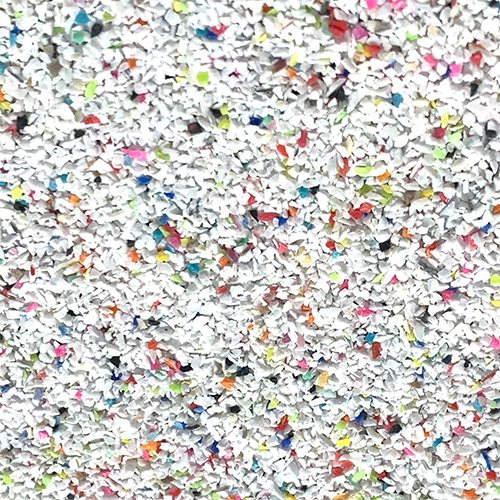Abrasive blasting and plastic blast media are increasingly used by a variety of industries to eliminate and remove paint, plus clean, deburr, and deflash diverse surfaces of machines and parts they own that need to be maintained. An example of an industry using plastic blast media is the military. All branches of the military need paint removed from various parts of aircraft and vehicles. The automotive and marine industries also turn to this method for removing unwanted substances on parts and machine components without negatively affecting the subsurface.
Plastic Blast Media Types Available
Currently, plastic media is produced in a variety of hardness and sizes. It is also manufactured in seven different types. These are:
- Type I: Polyester
- Type II: Urea-formaldehyde – a more aggressive plastic media, it is employed on tough aluminum and steel
- Type III: Melamine formaldehyde – the hardest and most aggressive of plastic blast media it is suitable for mold cleaning and grime removal from engines
- Type IV: Phenol formaldehyde
- Type V: Acrylic – this is not as hard as type II. Overall, it is less aggressive on the substrate, being ideal for applications where a gentler touch is required. It is more commonly utilized on aircraft skins.
- Type VI: Poly (allyl diglycol carbonate) – is effective on composites and aluminum
- Type VII: Starch-g-acrylic
All but type 7 are thermosets. These are polymers produced by permanently hardening a soft solid or viscous liquid prepolymer. The process is irreversible.
Select Carefully
If you decide to use plastic blast media, be sure to select the right type. Adhere to the criteria established by the specifications of the material to be blasted. This will abet the process and ensure the result is as expected.
